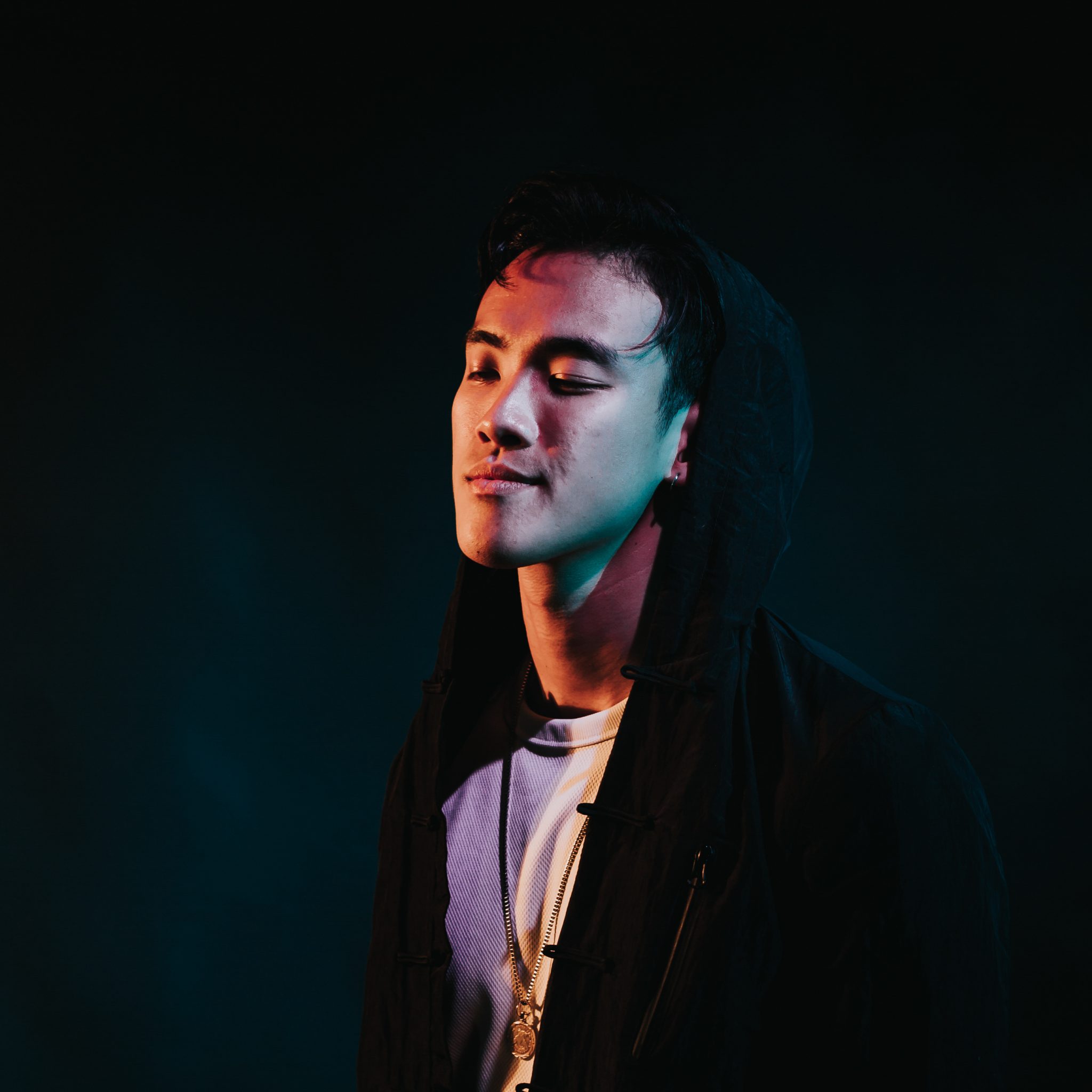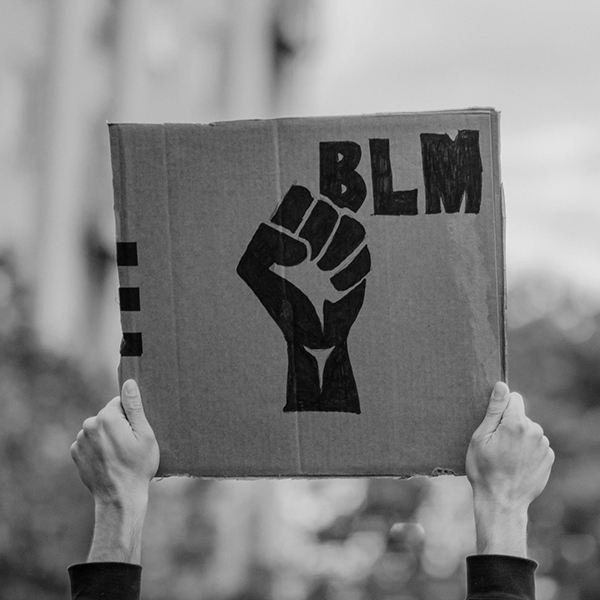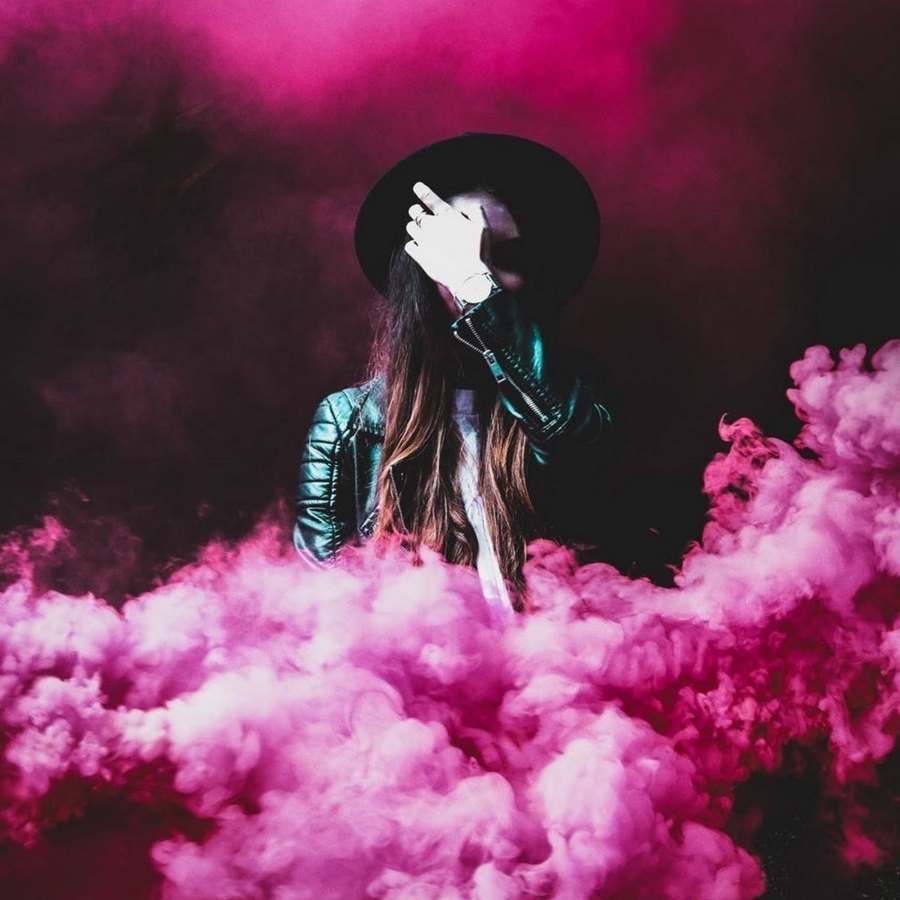In Conversation with MYRNE
Written by Maya-Rose Torrão
Singaporean DJ and producer MYRNE defies all expectation. This talented artist blends R&B, future pop and bass elements together, all steeped with his signature energetic approach to production. A musician to the depth of his very core, MYRNE grew up being trained in classical music and then took his passion for writing and production to the next level, creating music that showcases his intelligent sound design, that can be appreciated by fans of a multitude of different electronic genres.
In November 2015, MYRNE released his debut 4-track EP, ‘Softsins’, via Mad Decent, making history as the only Asian artist on the label’s roster. Gaining recognition for his genre-bending original tracks, MYRNE has also collaborated with many lynchpins of the electronic music scene, putting his own spin on tracks with his killer remixes of music by artists including Martin Garrix, Diplo, San Holo, Gramatik and many more. In November, MYRNE will be joining huge acts like Paul Van Dyk, Sander Van Doorn and Big Shaq for IT’S THE SHIP, “Asia’s largest festival at sea”, a four day long party vacation festival that takes place on a cruise ship.
One of MYRNE’s latest single is the hard-hitting trap-inspired ‘Fault’, which was co-created with talented US artist Grant and features McCall on vocals – listen to this great new track below.
We caught up with “Singaporean king” MYRNE, and chatted about going against the grain, setting a mood and venturing into unknown territory.
Set the tone for us. Why the arts?
Finding a job in any field (be it rigorous sciences, humanities, or the fine arts) is usually the result of either a strong pull out of curiosity, or a strong dislike for any alternatives available. For many Singaporean-based creatives it’s the latter. I wasn’t satisfied with the chiseled, well-worn career paths presented to me and my fellow countrymen, so I started looking for other passions I related to more strongly. I enjoyed listening to a variety of a music at a young age, and one day something clicked and I thought to try making some of my own.
Which comes first when you’re producing – the sound or the idea?
From the beginning I wasn’t very adept at the polished sound design skills that American bass music demanded. I find it a lot easier to set a general mood, or soundstage, then to develop my ideas from there. Anyone can copy a synth preset, but it’s a lot more work crafting an entire world around your music.
What’s on your current playlist?
Tourist – ‘Live at Corsica Studios’
Jon Hopkins – ‘Singularity’
ZHU – ‘RINGOS DESERT’
Tell us about the chemistry you have with your fans on stage.
It’s such a privilege to play live! Every set is a different journey to me. I play my older songs from time to time and it’s always a moment seeing recognition light up their faces.
What techniques do you experiment with to get your original sound?
Everything I sample goes into my tracks hardly resembling the original. I found turning knobs on synthesizers a little repetitive – you usually start with the same wavetables – so I always have fun trying to make a sample or a recorded sound fit into a place it shouldn’t.
You’re a classically-trained musician as well as a producer – how did the change to making electronic music come about?
They were different worlds to me (and they still are.) Classical music deserves its own stage and any attempts to migrate it into the electronic world usually fails, save for a few select exceptions. If anything, it taught me a lot about the evolutions and stages a piece undergoes as you listen start to finish, and obviously music theory.
Take us through a day in the studio.
It’s in my bedroom – I’ve worked in a ton of fancy studios, but I appreciate the ability to wake up and just start writing. It always starts with a piano progression off my standalone Korg, then listening to a bunch of old records – usually then I’ll have enough ideas of what I want to create.
I’m a firm believer in working only when you’re productive, so I keep a healthy balance between work, exercise and time with friends.
Was there a specific moment in your life where you thought, “this is what I want to do”?
It was actually my first ever show as MYRNE! I was opening for Cashmere Cat at DWP in 2015, and seeing crowds sing along to his iconic riffs. I had that ‘bang’ moment and realized I wanted to write and/or perform music for as long as I live.
What do you keep close by while you’re playing a set?
Red bull, water… and a phone with Twitter so I can keep tabs on my haters.
You’ve been involved in some really great collaborations and remixes recently – tell us more about your experience around this and how these collaborations came about.
My latest single, ‘Fault’ with Grant, was a process that took over a year – he’s such a phenomenal producer, it was a crazy learning experience for me! We ventured into unknown, hard-hitting territory, in which neither of us were familiar enough to dominate, so it was one of my most balanced productions to date.
I don’t usually do a lot of remixes, but I did a remix for San Holo’s ‘One Thing’ earlier in the year. When I heard the original I was in love with his inimitable sound, and happily put my spin on it. I wanted to bring to it a more cinematic sound fit for large stages – I’m still happy he plays it in almost every set.
Any emerging/unknown/upcoming artists on your radar?
Duumu, sonn, and Rome In Silver have been standing out to me – they all have clear, distinct signature sounds I envy to achieve.
What gets your creative juices flowing? What gets you in the mood to create music?
It’s not making music. I hate being in the situation where I’m in front of my laptop at an airport, forcing myself to have ideas of what I want to make – it’s a lot easier when I’m out and about, living, that’s when ideas come to me naturally.
Take us through your collection of gear, tech or software that accompanies your creative expression.
It’s Ableton, a Zoom H5, a standing Korg electronic piano, and an LCT 240 microphone. I’m opposed to having a ton of synths at my disposal – creativity comes from having just enough to do what you have to, not more. If I’m presented with an unlimited source of sounds and samples I wouldn’t even know where to start.
I almost always start with the keys, and then singing and re-sampling vocal effects with the microphone to create a basic progression of the idea I want to make, and then everything flows from there. What helps is I try to write an entire song on the keys – 3 minutes long and bare – and then filling up the idea with production. That way I won’t be stuck listening to a 10 second loop for hours.
Any side projects you’re working on that you can tell us about?
I’ve been listening to so many EPs and LPs that I appreciate the value of it so much more – rather that writing singles for Spotify playlisting – so I have around 10 songs I’m trying to curate into an LP.
You debuted your first EP in 2015 – how have you refined your craft since then?
My first EP was a zealous attempt to put my new knowledge of electronic music at the time into a collection of songs; my music now isn’t so preoccupied with showing off new skills or techniques I’ve learnt, but using these skills I have to create something personal and continuous with my vision.
Breakdown the news for us: what can we expect from MYRNE this year?
I’m finishing the year off wrapping this EP, and a lot of regional shows with Singapore in focus – it’s time to give back to the place that gave me so much.
Check out one of MYRNE’s biggest cloud-pleasers, boasting over 8 million views on YouTube, ‘Afterdark (feat. Aviella)’, below.





Leave a Reply